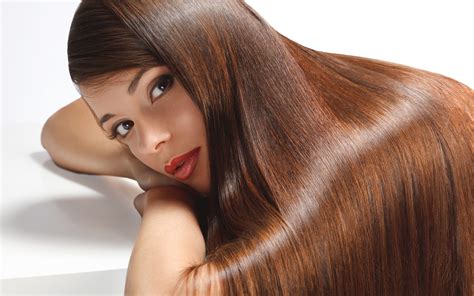With an estimated global revenue of $11.6 billion in 2022, the hair extension market is booming. Among the various types of hair extensions available, sew-in hair stands out as a versatile and popular choice, offering a seamless and long-lasting solution for achieving longer, thicker, and more voluminous hair.

What is Hair for Sew In?
Sew-in hair is a hair extension technique that involves sewing hair wefts or tracks onto the natural hair in rows, creating the illusion of seamlessly blended, natural-looking hair. The wefts or tracks are made of human hair, synthetic hair, or a combination of both, and are carefully matched to the texture and color of the client’s own hair.
Benefits of Hair for Sew In
- Length and Volume: Sew-in hair is an excellent option for adding instant length and volume to thin or short hair.
- Versatile Styling: Sew-in hair extensions can be styled in various ways, including curling, straightening, and braiding, allowing for endless customization.
- Long-Lasting: Sew-in hair extensions can last up to 6 months with proper maintenance, making them a cost-effective solution for achieving long-term hair goals.
- Protective Styling: Sew-in hair extensions can protect natural hair from damage caused by heat styling, chemical treatments, and environmental factors.
- Non-Invasive: Unlike other hair extension methods that involve gluing or bonding, sew-in hair extensions are non-invasive and do not damage the natural hair when applied or removed by a professional.
Types of Hair for Sew In
- Human Hair: Human hair extensions are the most expensive but also the most natural-looking and durable option. They come in various textures, including straight, wavy, curly, and coily, and can be colored and styled like natural hair.
- Synthetic Hair: Synthetic hair extensions are more affordable than human hair but are not as versatile in terms of styling. They come in a limited range of textures and colors and may be prone to tangling and damage.
- Mixed Hair: Mixed hair extensions combine human hair and synthetic hair, offering a balance of quality and affordability. They are often less durable than human hair extensions but more versatile than synthetic hair extensions.
Choosing the Right Hair for Sew In
Selecting the right hair for sew in depends on several factors, including the desired length, volume, texture, and budget.
- Hair Texture: The texture of the hair extension should match the natural texture of the client’s hair to ensure a seamless blend.
- Hair Color: The hair extension should be matched to the client’s natural hair color or desired highlight/lowlight effect.
- Hair Length: The hair extension should be long enough to achieve the desired length but not too long that it becomes unmanageable.
- Budget: The cost of hair extensions varies depending on the type of hair (human, synthetic, or mixed), the length, and the brand.
Sew-In Hair Installation
Sew-in hair extensions are installed by a licensed hair stylist or hair braider who follows these steps:
- Parting the Hair: The stylist parts the natural hair into rows, creating channels for the hair wefts or tracks.
- Sewing in the Hair: The stylist uses a curved needle and thread to sew the hair wefts or tracks onto the natural hair, securing them close to the scalp.
- Blending the Hair: The stylist blends the hair extensions with the natural hair by cutting and styling to create a seamless transition.
Hair for Sew In Maintenance
Maintaining sew-in hair extensions is essential to ensure their longevity and keep them looking natural and healthy. Here are some tips:
- Washing and Conditioning: Use sulfate-free shampoo and conditioner to wash and condition the hair extensions every 2-3 weeks. Avoid over-washing, as it can dry out and damage the hair.
- Detangling: Regularly detangle the hair extensions with a wide-toothed comb or detangling brush to prevent tangling and matting.
- Styling: Use low heat when styling the hair extensions to avoid heat damage. Allow the hair to air dry whenever possible.
- Avoid Overlapping and Tightness: When sleeping, avoid overlapping the hair extensions as this can cause them to tangle. Ensure that the installation is not too tight, as this can put stress on the natural hair and cause breakage.
Frequently Asked Questions (FAQs)
- How long do sew-in hair extensions last? With proper maintenance, sew-in hair extensions can last up to 6 months.
- Can sew-in hair extensions damage my natural hair? When installed by a licensed professional, sew-in hair extensions should not damage the natural hair. However, over-processing or improper removal can lead to breakage.
- How much do sew-in hair extensions cost? The cost of sew-in hair extensions varies depending on the type of hair, the length, the installation technique, and the salon or stylist.
- Can sew-in hair extensions be reused? Some types of sew-in hair extensions, such as human hair extensions, can be reused multiple times if they are properly maintained and removed by a professional.
Conclusion
Hair for sew in is a versatile and long-lasting solution for achieving longer, thicker, and more voluminous hair. By choosing the right type of hair and following proper maintenance techniques, you can enjoy the benefits of sew-in hair extensions for months to come. Consult with a licensed hair stylist or hair braider to determine the best hair for sew in and installation method for your individual needs and hair goals.
